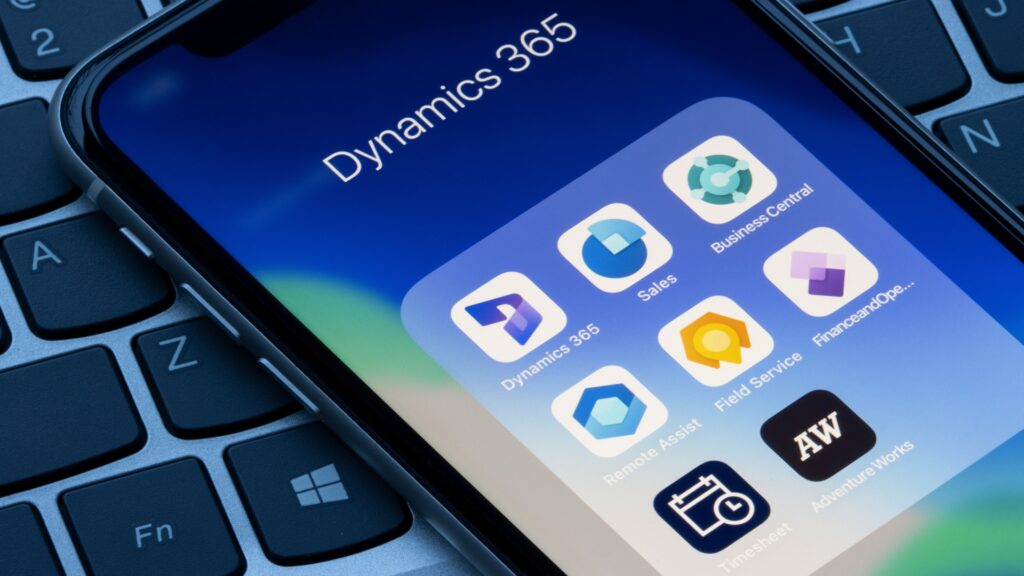As we move deeper into the 21st century, the landscape of education is rapidly evolving. Schools and colleges are increasingly embracing technology, recognizing its potential to enhance the learning experience. The future of education lies in the seamless integration of cutting-edge tech into the classroom, making it essential for students to adapt and thrive in this new environment. From interactive platforms to artificial intelligence, the tools of tomorrow are reshaping how students learn, complete assignments, and engage with their studies.
In this ever-changing academic world, students are often tasked with numerous assignments and homework, making time management a critical skill. To stay ahead, many students turn to online resources for assistance. If you’re looking to ease your workload, buy a research paper online – get the best work from a reliable service that ensures you receive top-quality academic support tailored to your needs.
The Rise of Technology in Education
The Shift from Traditional to Digital Learning
The traditional classroom, once defined by chalkboards and textbooks, is being transformed by digital tools and resources. With the rise of online learning platforms, students now have access to a wealth of information at their fingertips. These platforms offer a variety of courses, interactive assignments, and study aids that cater to different learning styles. As a result, students can now tailor their learning experiences to better suit their individual needs.
Moreover, the digital shift has made education more accessible. Students can attend lectures from anywhere in the world, complete their homework on the go, and even collaborate with peers online. This flexibility has revolutionized the way students approach their studies, making education more inclusive and adaptable to the demands of modern life.
The Role of Artificial Intelligence in Personalized Learning
Artificial Intelligence (AI) is another technological advancement making waves in education. AI-driven tools are being used to create personalized learning experiences for students. These tools can analyze a student’s performance on assignments, identify areas where they struggle, and offer customized resources to help them improve. This level of personalization ensures that each student receives the support they need to succeed in their studies.
AI also plays a significant role in automating administrative tasks. For example, AI can grade assignments, provide feedback, and even help educators track student progress over time. This automation not only saves time for teachers but also ensures that students receive timely and consistent feedback, which is crucial for their academic development.
The Impact of Tech on Student Learning
Enhanced Learning Through Gamification
Gamification is an innovative approach that incorporates game-like elements into the learning process. This method has proven to be particularly effective in engaging students and making learning more enjoyable. By turning assignments into interactive challenges and offering rewards for progress, gamification motivates students to participate actively in their education.
Incorporating gamification into homework and studying also fosters a sense of competition and achievement. Students are more likely to complete their tasks on time and strive for higher scores when they perceive their work as part of a game. This approach not only makes learning fun but also enhances retention and understanding of the material.
Collaborative Learning in the Digital Age
Technology has also made it easier for students to collaborate on projects and assignments. Online collaboration tools allow students to work together, share ideas, and provide feedback in real-time, regardless of their physical location. This collaborative approach mirrors the modern workplace, where teamwork and communication are key to success.
By working together on assignments and sharing their knowledge, students develop critical thinking and problem-solving skills. They learn to navigate different perspectives and find common ground, which is essential for their academic and personal growth. The ability to collaborate effectively is a skill that will serve them well in their future careers.
Preparing Students for the Future
Developing Digital Literacy Skills
In today’s digital world, being tech-savvy is no longer optional—it’s a necessity. Schools and colleges are increasingly focusing on developing students’ digital literacy skills, ensuring they are well-equipped to navigate the technological landscape. From coding to data analysis, students are learning the skills that will be essential in the future job market.
Digital literacy also extends to understanding how to use technology responsibly. Students are taught about the ethical implications of technology, such as data privacy and cybersecurity, ensuring they are aware of the potential risks and how to mitigate them. This holistic approach to digital literacy prepares students not just for their studies, but for their future careers as well.
The Importance of Lifelong Learning
As technology continues to evolve, so too must the skills and knowledge of students. Lifelong learning has become a crucial concept in education, emphasizing the need for continuous development throughout one’s career. Schools and colleges are fostering this mindset by encouraging students to pursue further education and stay updated on the latest technological advancements.
By instilling a love of learning in students, educators are preparing them for a future where adaptability and continuous improvement are key. Whether it’s mastering a new software, learning a new programming language, or staying informed about industry trends, lifelong learning ensures that students remain competitive in the job market.
Conclusion
The integration of cutting-edge technology in education is not just a trend—it’s the future. As students navigate the challenges of modern education, they must embrace these technological advancements to succeed. Whether through personalized learning, gamification, or digital literacy, technology offers countless opportunities for enhancing the educational experience.
For students looking to stay ahead, it’s essential to take advantage of these resources. By embracing the tools of tomorrow, students can unlock their full potential and achieve their academic goals.





























